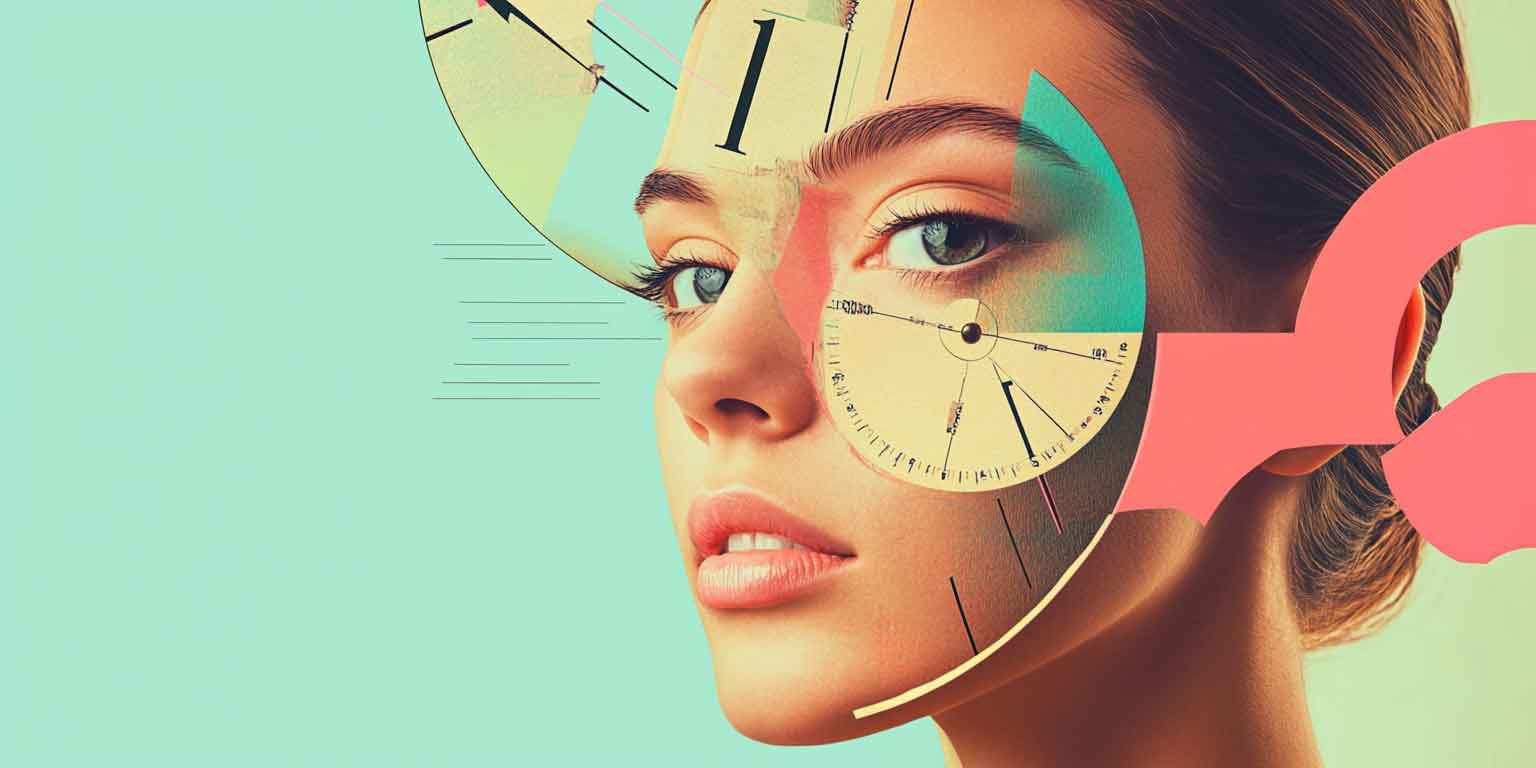How long before Botox Works
By Dr. Stephen Cosentino
PRESIDENT OF EMPIRE MEDICAL TRAINING
Botox® works by temporarily paralyzing muscles, which can smooth wrinkles, alleviate pain, and address various medical conditions. For those considering this treatment, one of the most common questions is: how long does it take for Botox to work?
The Botox Timeline: From Injection to Results
The effects of Botox are not immediate. Instead, they develop gradually over a period of days to weeks following the injection. Here's a general timeline of what to expect:
- Days 1-3: Some patients may begin to notice subtle changes, particularly for certain medical conditions.
- Days 3-5: Many individuals start to see initial improvements in their treated areas.
- Days 10-14: Full results are typically visible within this timeframe.
It's important to note that this timeline can vary based on several factors, including the specific condition being treated, the dosage used, and individual patient characteristics.
Factors Influencing Botox Effectiveness and Onset
Several variables can affect how quickly Botox takes effect and how long the results last:
1. Treatment Area
Different areas of the body may respond to Botox at varying rates. For example, crow's feet around the eyes might show improvement faster than forehead lines.
2. Dosage
The amount of Botox injected can influence both the onset and duration of results. Higher doses generally last longer but may also take slightly more time to take full effect.
3. Individual Metabolism
Each person's body processes Botox differently. Factors such as age, muscle mass, and overall health can affect how quickly the body responds to the treatment.
4. Previous Botox Treatments
Patients who have had Botox before may notice faster results in subsequent treatments, as their muscles have already been "trained" to respond to the neurotoxin.
Duration of Botox Effects
While Botox can provide significant improvements, its effects are temporary. On average, results last between 3 to 6 months, depending on various factors:
- Lighter doses: Typically last 2-3 months
- Heavier doses: May last 4-6 months
- First-time treatments: Often don't last as long as subsequent treatments
It's essential for patients to discuss their expectations with their healthcare provider to determine the most appropriate dosing schedule.
The Botox Procedure: What to Expect
Botox injections are typically quick, outpatient procedures that can be completed in about 30 minutes. Here's what patients can expect:
- Consultation with a qualified healthcare provider to discuss treatment goals and potential risks
- Cleansing of the treatment area
- Administration of injections using a fine needle
- Brief post-treatment instructions
Most patients can resume normal activities immediately after the procedure, although some precautions may be recommended.
Potential Side Effects and Aftercare
While Botox is generally considered safe when administered by a qualified professional, some side effects may occur:
- Injection site soreness, numbness, or tingling
- Mild headache
- Temporary facial or eyelid drooping
- Muscle weakness
- Redness at the injection site
These side effects are typically mild and resolve within the first 7-10 days after botox. To minimize potential complications, patients should follow their provider's aftercare instructions carefully.
Botox for Medical Conditions
While Botox is widely known for its cosmetic applications, it's also used to treat various medical conditions, including:
- Chronic migraines
- Temporomandibular joint (TMJ) disorders
- Bruxism (teeth grinding)
- Hyperhidrosis (excessive sweating)
- Muscle spasms and dystonia
For these medical uses, the onset of effects and duration may differ from cosmetic applications. Patients should consult with their healthcare provider for condition-specific information.
Choosing a Qualified Provider
The safety and effectiveness of Botox treatments largely depend on the skill and experience of the provider administering the injections. When selecting a provider, consider the following:
- Credentials and training in Botox administration
- Experience with the specific treatment area or condition
- Before and after photos of previous patients
- Patient reviews and testimonials
- Comfort level during the consultation
Conclusion: Managing Expectations for Botox Treatment
Botox can be an effective treatment for both cosmetic concerns and certain medical conditions. Understanding the timeline for results, potential side effects, and factors that influence effectiveness can help patients make informed decisions about their treatment. By working closely with a qualified healthcare provider, individuals can develop a personalized treatment plan that aligns with their goals and expectations.
Remember that while Botox can provide significant improvements, results are temporary and may vary from person to person. Regular follow-up treatments are typically necessary to maintain the desired effects. As with any medical procedure, it's essential to discuss all aspects of Botox treatment with a healthcare professional to ensure it's the right choice for your individual needs.


